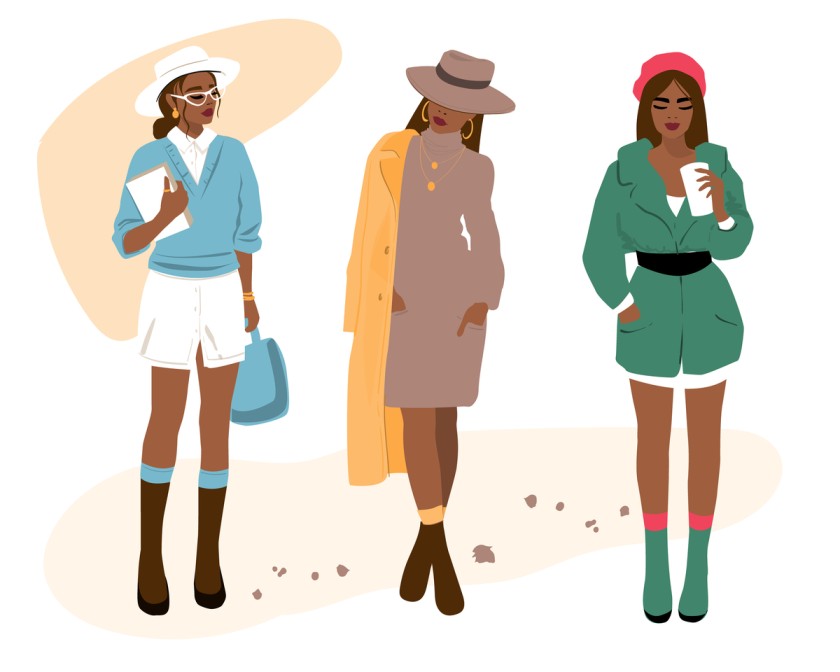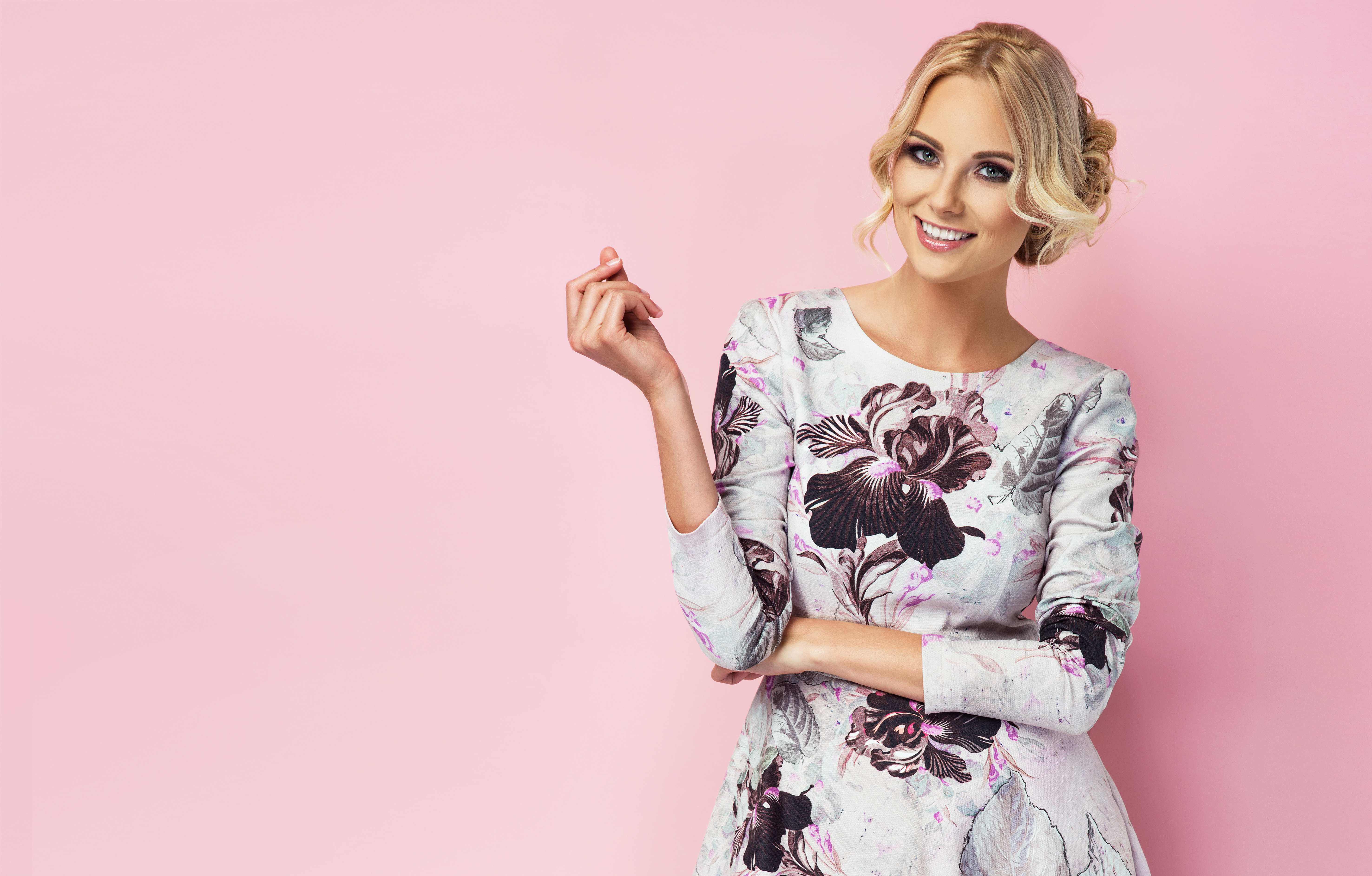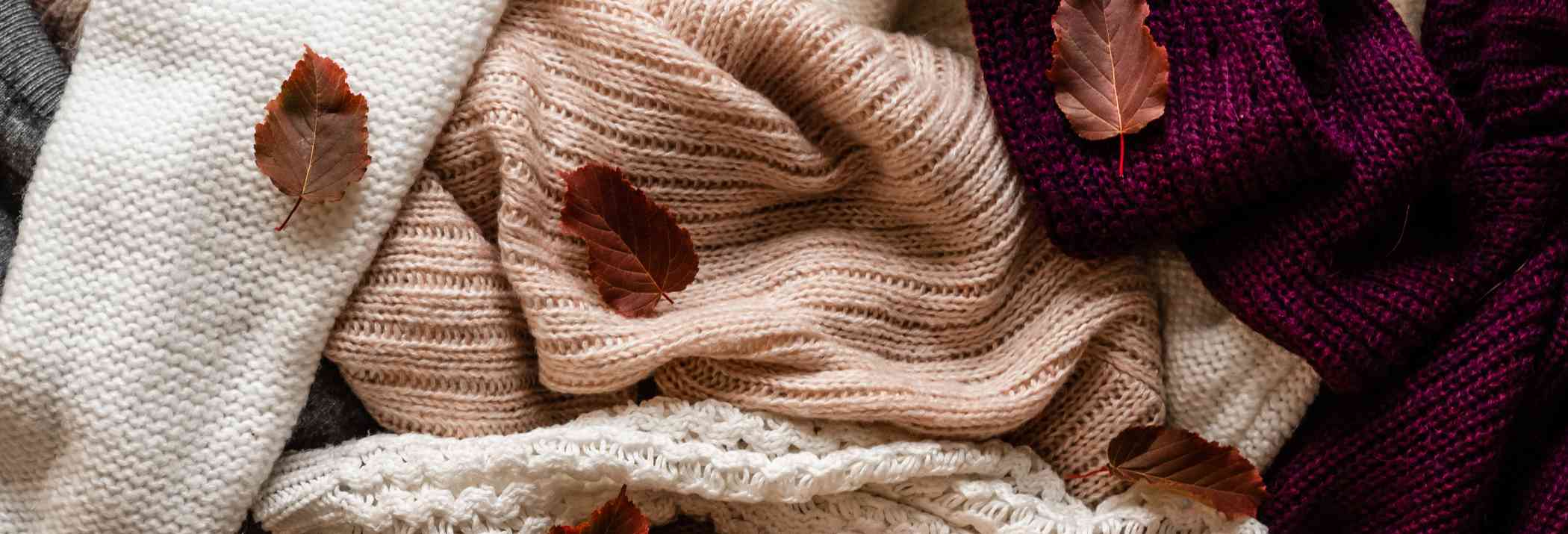Fashion Figure Sketches—30 Poses to Draw Attention To Your Designs



The first step towards creating a fashion design is choosing your model’s type and size details. Choosing a fashion model sketch has been underrated—it is one the most essential details of a profound clothing design. An appropriately chosen fashion figure drawing will make your design appealing and draw the right audience for the fashion clothing.
Although not all designs fit well on paper, a fashion figure drawing brings out the highlighting features of the clothing design. Not all fashion illustrations will look appealing on any type of model. For example, a fashionista model in an evening gown may not pose the same as a teen in a streetwear outfit. Different outfits require different poses, and not all fashion figures will carry the same outfit with the desired elegance. Fashion figure sketches give fashion designers the liberty to dress their outfits on the right fashion model.
Fundamental designs of a fashion figure drawing

When we talk about fashion figure drawing, there may be more than 30 poses to make your model accentuate the clothes they wear. To start with, here are four basic fashion figure illustrations used extensively for sketches.
- Back view
- Front view
- Three-quarter view
- Side view
With changing times, there has been an increase in both the innumerable silhouettes and the variety of fashion designs. There are extensive fashion figure drawings for both women and men. To highlight a new drape, there is a need for a different fashion figure drawing that can do justice to the design.
Listed here are poses for fashion figure designs that complement the drapes.
- Basic: The basic fashion illustration is either in the front view or the back view. Hands are at the sides or kept at the waist for accentuating the waist and the torso. It is mainly suited for long drapes and flowy fabrics such as chiffon and crepes.
- Casual: A casual illustration is a front view with a step on the side or front. Best suited for traditional clothing such as sarees and Anarkali designs. Even bodycon dresses look fabulous in this pose.
- Freedom: A spectacular representation of silhouettes showcasing liberty and attitude, choose this pose for a strong representation of style and individualism. It is apt for a beach setting with a long maxi dress or slit dress.
- Glamour: This pose symbolizes the sexy, bold, and glamorous. The dresses most suited are low necklines, curvy waistlines and body-fitted silhouettes for accentuating body curves.
- Confidence: Young, modern, and fearless, this is one of the best poses to depict the young 21st Century woman. Use this pose with one hand on the waist and a tilt on the opposite side to draw a fashion figure drawing for modern co-ord sets or powerful suit sets.
- Athletic: A running, jumping, or skipping pose is popular to showcase athletic wear for any body type. Athletic fashion figure drawing sketches are a hit with comfy joggers, sports gear, or shoes.
- Dramatic: If you are looking for an eye-catchy design for a gown or power suit in jacquard, this fashion figure sketch will accentuate the drape cuts of the outfit.
- Lounging: Drapes for sleepwear, leisure, and comfort such as cotton, satin look stunning in such fashion figure drawings. Choose the lounging pose for flowy gowns, comfy shorts or pyjamas made from knitwear or cool cotton.
- Portrait: Use this fashion figure drawing to illustrate simple and elegant designs for your fashion models. A portrait sketch can be used for chic body con dresses or fit and flare dresses. The flare can be made from organza or tissue, and the upper body from knit or expandable wear.
- The counterpose: It is a natural-looking pose for a relaxed fit. Being a unique pose, it allows you to choose a different outfit for every silhouette.
- Hands in the pocket: A perfect fashion figure drawing for smart casual wear like denim and jackets. This illustration also represents streetwear or college wear.
- Slouched: Denim and jacquard go well with a slouched pose because the fabric can be stiffened with the help of add ons. Collars and sleeves get a definition.
- Relaxed sit: Loungewear made from silk, satin, or chiffon fits well with a relaxed pose. Additionally, one can depict the relaxed fit with these flowy designs.
- Cross leg pose: Used for curve-defining fabrics such as chantilly or lacework, this pose works well for a short dress or long twill trousers.
- The flamingo pose: The flamingo pose or one leg up pose is famous for showing off a tall torso. It is an ideal pose for short dresses with open back and halter necks. Satin and crepes can be adorned beautifully in this pose.
- The profile pose: The pose is most suited for ankle-length body con dresses, highlighting curves, arms and shoulders. Use well-fitted velvets or knitted stretchable fabrics.
- Maternity: Loose, comfortable fabrics define the maternity fashion figure drawing. You can choose to use any free-flowing, lightweight fabric.
- One leg high step: It is a clever pose for showing the silhouettes used for power dressing. Used for fabrics that have a sheen, it defines clean cuts and creases of a design.
- Ballerina: Twill, organzas and tissue fabrics are chosen for depicting clothes in this pose. The ballerina pose conveys lightness and flow. Use this fashion figure drawing for short dresses with a lot of twirls and puffed sleeves or skirts.
- Hand on waist with body tilted: This fashion figure drawing portrays confidence and attitude and works best for structured silhouettes such as jacquard, jute, and twill.
- Back view pose: Many styles require a two-way pose, such as a front view and a back view. A back view is commonly drawn for wedding outfits that need both perspectives. An evening gown can have a dramatic back design and a subtle front design.
- Front step pose: Use it for flowy evening gowns with a slit at the front or sides. A long slit to the dress can be easily picturized using the one-step front standing figure illustration.
- The arc figure: The arms and legs remain the same length to follow an arc in this illustration. The body type is proportionate. Therefore, it can be used for depicting sarees and related drapes such as traditional Indian wear.
- Side view back pose: The pose is largely suited for heavy raincoats, rexine, or wool coats with broad collars. The back view gives the right cuts to highlight and makes the outfit eye-catching.
Conclusion:
Understanding various body perspectives and utilizing them to the best extent to highlight the fabrics is important with every fashion figure drawing. Choose the best fashion figure pose to highlight your fashion designs.



















